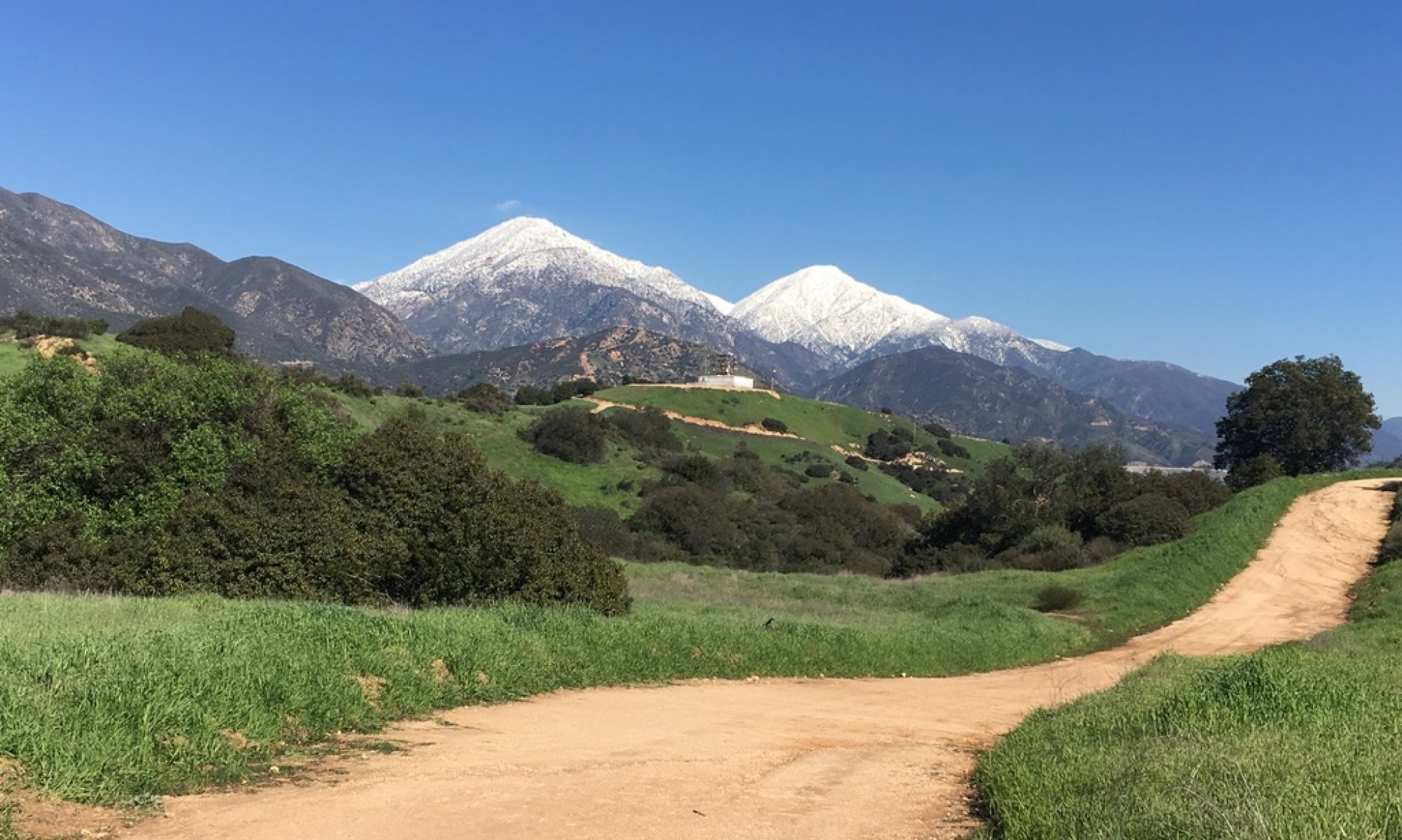by Steven Felschundneff | steven@claremont-courier.com
A nearly 50-year-old vision to preserve Claremont’s hillsides may be on the brink of realization, thanks to the advocacy of a few hardworking residents and a welcome piece of the state’s budget surplus.
With the leadership of Assemblymember Chris Holden, the state legislature voted last Friday to allocate $2.7 million toward Claremont Wildlands Conservancy’s effort to acquire the Clara Oaks development site. This windfall, combined with local fundraising, a $3 million commitment secured by State Senator Anthony Portantino and another $1 million from the California Natural Resources Agency, means the conservancy has reached its goal to raise $7.2 million.
The $7.2 million figure is derived from a 2018 appraisal of the property. If the conservancy could raise the money, the developer Clara Oaks Estate, said it would sell the hillside parcel to the conservancy.
Located adjacent to The Webb Schools on the northwestern edge of Claremont, Clara Oaks, at 103 acres, is the last large chunk of wild land that could support a housing development. The addition of the Clara Oaks site would extend the Claremont Hills Wilderness Park across the entire span of our local hills.
“This is wonderful news. I didn’t find out until Friday afternoon, and I didn’t confirm it until Saturday because I wanted to be absolutely sure that it was right,” said Lissa Petersen, of the Claremont Wildlands Conservancy.
She called Holden’s Deputy District Director Matt Lyons, and he confirmed the money had been secured. “It’s a done deal for the conservancy. Great job on your tireless advocacy,” Lyons told her.
In April, Holden’s office asked the conservancy to submit a proposal. The request came in on a Wednesday, and they submitted it on Friday, complete with support letters.
“We asked for the full amount that we needed, and we were just thrilled that we got it,” Petersen said.
In 1974, all of Claremont’s hillsides were privately owned. What would become the Claremont Hills Wilderness Park began around that time with the creation of the 40-acre Sycamore Canyon Park. In 1996 a deal was struck with Pomona College to add 1,200 acres, including the very popular “loop trail.” Since then, there have been seven additional acquisitions, including the $11.5 million purchase of Johnson’s Pasture, which was paid for in part by a bond measure approved by Claremont voters in 2006.
Claremont Wildlands Conservancy incorporated in 2000 in order to assist in the effort to stop the development of Johnson’s Pasture. Since then, it has been key in the ongoing effort to preserve as much hillside land as possible. More than 2,500 out of 3,100 acres are now part of the city-owned wilderness park, which has become a recreational destination for the entire Inland Valley.
Petersen, conservancy president Terry Grill and Arlene Andrew have worked to acquire Clara Oaks for years. In November they launched a more focused campaign to raise enough money to buy the parcels and integrate them into the existing Claremont Hills Wilderness Park.
If the developer elects to push forward with building homes at Clara Oaks, it has many hurdles to overcome, including a conditional use permit, a tentative tract map, a zone change, a specific plan and a corresponding general plan amendment.
“The city is nearing the final stages of preparation of a draft [environmental impact report] to release for public review and comment. The EIR will analyze and discuss all associated environmental impacts of the proposed project on the environment,” according to Brad Johnson, Claremont’s community development director.
Perhaps the biggest challenge the developer will face is the land itself, which is in a very high fire hazard severity zone as defined by Cal Fire.
“The big hurdle is the fire danger. Building in the foothills right now is very risky,” Petersen said. “There were seven major fires in our foothills in the last century, and Clara Oaks burned in every one of them. Access on Webb Canyon Road is also a serious hurdle to developing there.”
Add to that list a Los Angeles County entitlement process, because the sole access to Clara Oaks — Webb Canyon Road — is on unincorporated county land.
The last time Clara Oaks had a public hearing, the issue of access brought out several residents of Webb Canyon who expressed concern about increased traffic on the narrow two-lane road, and the very real possibility they could be trapped in their cars in the event of a fast-moving wildfire.
Aside from Clara Oaks, roughly 400 acres of hillside land remains in private hands. The parcels are a patchwork, with none large enough to build more than about four homes. Palmer Canyon is also private, but since the Grand Prix Fire in 2003 building has been suspended there.
Now everyone involved is in a holding pattern of sorts while the Trust for Public Land, including Claremont resident Hugh Coxe, negotiates with Clara Oaks Estate, LLC to determine whether a deal can be reached.
“It is a great honor to be able to advocate on behalf of the Claremont Wildlands Conservancy and to help preserve open spaces and enrich the quality of life by expanding a wilderness corridor in the San Gabriel Valley,” Holden said in a statement. “I am proud to have secured $2.7 million that was supported by my colleagues in the Legislature and approved by Governor Newsom

Claremont Wildlands Conservancy
Preserving Our Hillsides